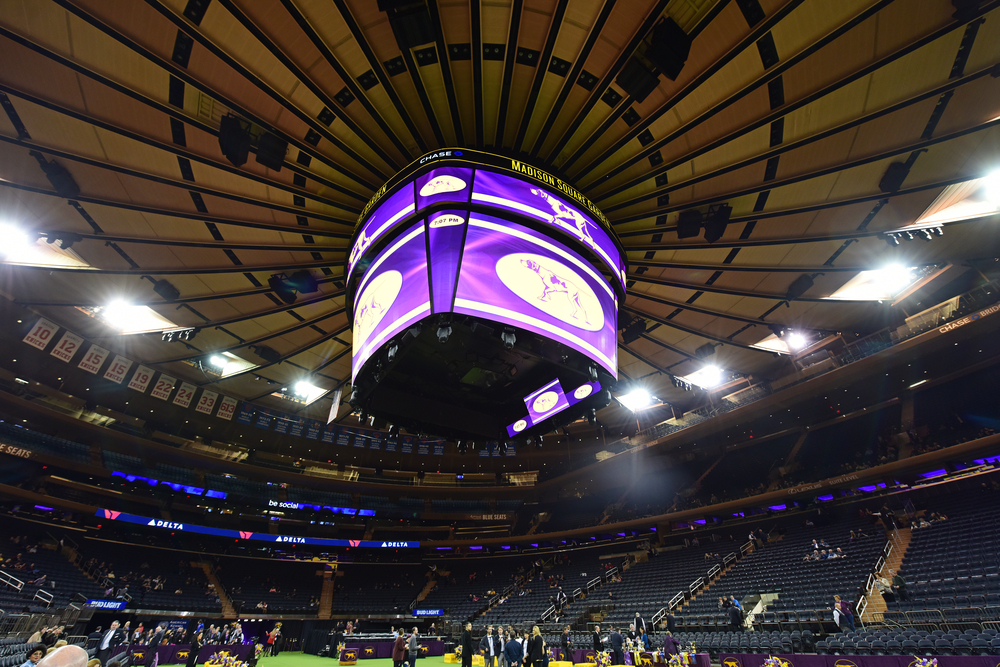The Challenges Of Marketing Strategy For An Arena
Madison Square Garden. Wembley Stadium. The Astrodome. The Rose Bowl. Dodger Stadium. These famous arenas are nearly as iconic as the teams that play in them. Sports fans and non-sports fans recognize these arenas either for sports or as a concert venue. They have become their own brands.
Now, many of these arenas are also taking the name of other famous brands. By doing so, they hope to extend their brand equity to a larger audience. That’s exactly what the Wells Fargo Center in Philadelphia plans on doing through its strategic marketing approach. It is already considered to be an industry-leading venue that seats more than 20,000 people. It already hosts more than 250 events a year and is a place that many Philadelphia sports fans call “home.”
Optimizing the Customer Experience Every Time
Part of the venue’s marketing strategy has to ensure that every event, from NHL and NBA games to concerts — delivers an unparalleled customer experience (CX). According to John Page, President of the Wells Fargo Complex in Philadelphia, the focus is on customer service that is achieved through multiple channels and a large talented team.
For example, the Wells Fargo Center’s new LED boards throughout the arena have transformed its visual presentation capabilities. They partnered with industry-leader ANC to install 10,000 incremental square feet of LED technology. The arena now features a total of 19,800 square feet, which is more than any other NHL and NBA arena.
Being part of the Comcast family also has its advantages when it comes to incredible customer experiences. Their technology has allowed the arena to offer unparalleled complimentary WiFi connectivity throughout the arena. This has become a true service differentiator with fans. It allows them to share their experience with others.
Adding Specific Touches to Raise the CX Experience
Another key aspect of an arena’s marketing strategy is to realize that there are different types of customers with varied motivations and expectations. As Page explained, “There is a big difference between a team season ticket holder who visits the venue many times a year and a customer who may be attending an event in our venue for the first time. Our goal is to greet, surprise, and delight every patron as if it is their first time visiting the Wells Fargo Center.”
He noted that they identify the demographics and attendance figures for all of the events to ensure proper staffing. Then, they guarantee that each fan receives the appropriate attention. Prior to each event, they also optimize their mix of digital touch points offered through WellsFargoCenterPhilly.com, their social media platforms, and their customer database. Page stated that it is critical to ensure that they are communicating with fans and letting them know what to expect upon arrival so that they have the best possible experience.
The Challenge of Engagement
When developing a marketing strategy for an arena, a key challenge is to gain and maintain engagement. Page believes that Philadelphia sports fans are as passionate as they come. That’s a good thing. However, he noted that they are also keenly aware that the performance of the Philly teams can impact the emotions of guests and their engagement with the arena.
That’s again where the marketing of the arena and focus on CX can be a game changer. “Our job is to deliver a great experience — win or lose — so that the tough losses feel better and the thrilling victories receive amplified exhilaration.” Some of the ways that the Wells Fargo Center manages to achieve this is through offering exceptional food and beverage options. This includes fine dining available in the Cadillac Grille. There are also fan favorites such as Shake Shack and Lorenzo’s Pizza.
Additionally, season ticket members are treated with unique benefits that make their experience special. Plus, in-game presentations and promotions are designed to lift the spirits of everyone in the building. Together, all these CX-directed marketing tactics create a well-rounded experience for fans, so that the game itself is only part of what they are experiencing when they visit the Wells Fargo Center.
Lessons Learned
Arenas and brands need to center their marketing strategies on the components of an exceptional customer experience. That means good customer service, interaction, special treatment, exceptional value, advanced technology, and convenience. Like the performers within the arena, each brand must continue training and be improving their game to maintain engagement and loyalty.

